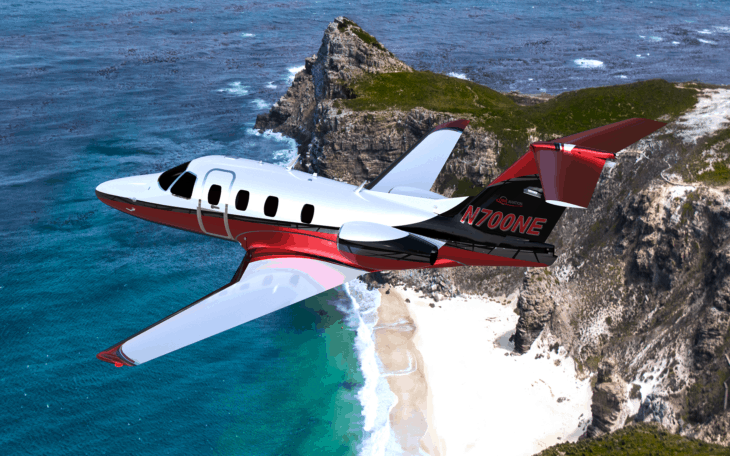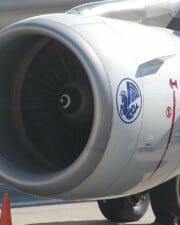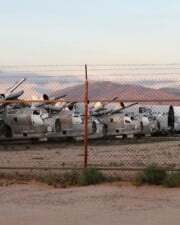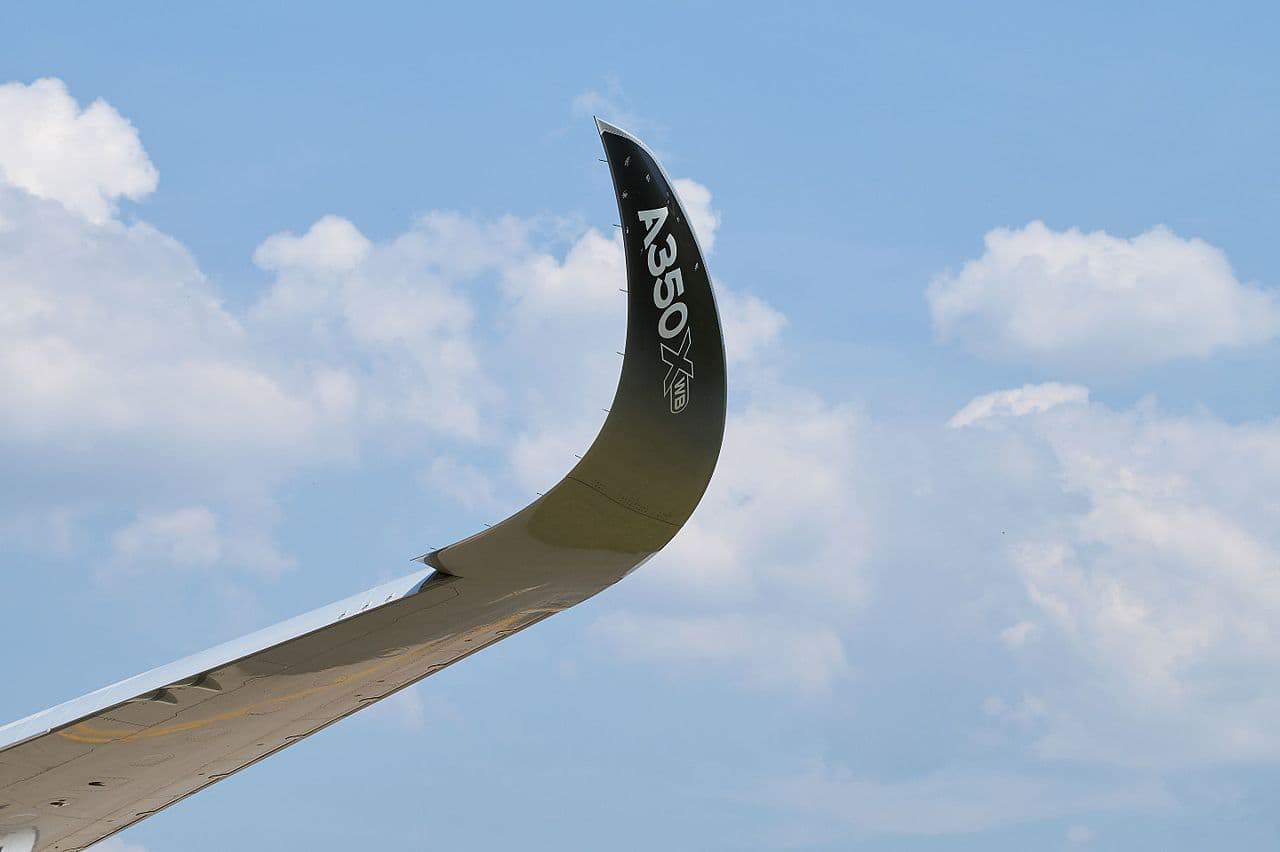We’re all used to seeing two pilots on the flight decks of airliners. But what about the smaller private jets you see flying around secondary community airports? Are these planes flown by wealthy owners, or are they operated by charter companies?
Table of Contents
Most jets, even small ones, require two pilots in the cockpit. The reasons why two pilots are required involves a complicated mix of FAA regulations. There are a few instances where a pilot/owner can operate the plane by themselves, but a majority of private and charter jets you see carrying passengers will have a pilot and a copilot.
Why Is Having Two Pilots Required?
There is no debate that having two professional pilots on board a plane is a safer option. All airlines are required to have two pilots on board. Should one be incapacitated due to injury or a medical issue, the other pilot is fully qualified to see the plane to a safe landing.

But there are many more advantages to having two pilots on the flight deck. It is simply a better way to manage the workload involved in flying the plane. Things happen fast in the air, and even faster in a jet. With two pilots on board, one pilot can dedicatedly fly the plane while the other reads charts and talks on the radio.
There’s an old saying that applies to flying a plane. “Two sets of eyes are better than one”–a great motto for pilots. With two pilots monitoring systems, discrepancies are more likely to be noticed sooner. If something does go wrong, one pilot can work the problem while the other concentrates on airmanship. And one pilot might know of a solution to a problem that a solo pilot may not.
The skills involved in sharing the flying workload are known in the pilot community as CRM, or crew resource management.
The importance of being able to divide the workload increases with the speed of an aircraft. A fast plane leaves pilots with less time to prepare for a flight’s critical phases like departures and instrument approaches. As things happen faster, the benefit of having another qualified pilot share tasks dramatically increases.
The FAA has always treated jet aircraft a little bit differently than piston planes. Jet-powered aircraft require the pilot to hold a type rating–they need to go to school for the precise make and model of aircraft that they will be flying. The difference exists because the FAA realizes that turbine-powered aircraft are more complex than piston-powered ones.
Planes Certified for Two Pilots
Nearly all private jets are classified as “large aircraft” by the FAA when they are built. For the purposes of type certification, a large aircraft is one that weighs more than 12,500 pounds. Most corporate jets exceed this limit by a bit and are therefore certified as transport category airplanes.

One of the certification requirements for these aircraft is that they must have two pilots. So, many planes need to have two pilots to fly legally, regardless of who owns them or how they are being operated.
Over the years as aircraft have grown fancier and heavier, manufacturers have bumped against the 12,500-pound transport category certification rule. There have been a few obstacles along the way, but the FAA modified the rules in the mid-1980s to allow pilots to get a single-pilot type rating.
Suppose an airplane falls below the 12,500-pound limit, and the manufacturer proves to the FAA during certification that it can be operated safely with only one pilot. In that case, the operator can have the choice of flying single pilot. An owner/pilot can then get a type rating that includes single-pilot operation priveledges.
Throughout this type rating training, the pilot will need to prove that they can handle the plane and workload. They must show a mastery of the airplane and of their task management ability.
Air Carriers Requiring Two Pilots
Most “private” jets that you see operating at airports worldwide are not private in the strictest sense of the word. Many are owned and operated by charter companies or corporate flight departments. These operators posses air carrier certificates issued by the FAA under FAR Part 135.
The requirements for operating as a non-scheduled air carrier under Part 135 are very similar to the requirements for operating an airline. The FAA has strict guidelines to protect the flying public. One of those requirements is that the planes will need to be operated with two crew members for safety reasons.
Exceptions: Single Pilot Jets
There are some categories of light and very light jets that weigh less than 12,500 pounds and are certified to be flown by one pilot. Many are still operated with two pilots by charter companies, but if an individual owned the plane, they would have the option to operate under FAR Part 91 like any other private flight.
It should be noted that just because it’s legal does not mean that it is always a good idea, or even easy to do. The FAA exists to protect the public from harm, not pilots or their immediate families.
Furthermore, if you were to buy one of these planes and try to get insurance, it’s more than likely your insurance underwriter would require a copilot. If they don’t flat out require it, the increase in premiums might be more than it would cost to hire a qualified copilot.
The planes that pop up on the list of single-pilot jets include planes that manufacturers want to market to owner/operators. Like some people own Cessna 172s or Piper Cherokees and can hop in and fly anytime, so can the owners of these jets.
Learjet and Cessna worked for years to prove to the FAA that owner/operators could safely fly small jets solo. The Lear 23 was certified at 12,500 pounds, but the FAA ruled that it would need two pilots anyway. Cessna’s Citation 500, designed at 11,850 pounds, also wound up requiring two pilots when it was certified in the early 1970s.

The first single-pilot certified jets were the Citation I-SP and II-SP. Cessna spent a lot of time convincing the FAA that one pilot could operate the planes safely. They designed the cockpits to simplify the flying process, with little changes like requiring a fully-functioning autopilot and a hands-free boom microphone.
What is the easiest jet to fly? As airplanes have become more advanced and computerized, manufacturers have found more ways to automate flight tasks. The result is that the next generation of very light jets (VLJs) have extremely clean, easy-to-fly controls. Some of their cockpits look more like sports cars than airplanes.

List of Single Pilot Jets
Here’s a list of examples of private jets that can be flown with one pilot. The pilot must be type rated for the aircraft for single-pilot operations. Notable models on the list include the Citation CJ4, which is the fastest plane for private pilots with a top airspeed of 442 knots. The largest plane that can be piloted single pilot is the Pilatus PC-24.
- Cessna Citation 500/550 series
- HondaJet HA-420
- Citation Encore
- Embraer Phenom 100/300
- Hawker/Beechcraft Premier
- Cirrus VisionJet
- SyberJet SJ30i
- Eclipse 500/550
- Pilatus PC-24

Related Posts












